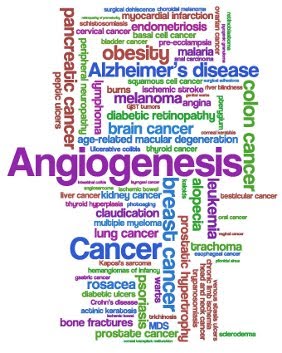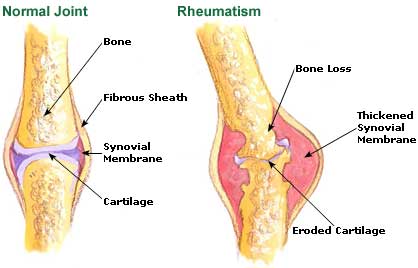A rare disorder where the intestinal motility gets disabled and also effects the involuntary muscles which aid in contraction thereby affecting the peristalsis. It is said malfunction of the respected muscles or nerves may lead to this disorder though the pin point reason is not known. As the food in the GIT is blocked, the person suffers from nausea, vomiting, abdominal pain and constipation. Nutrition will be stunted and also the body weight is not healthy.
Primary CIP is further broken down into two subgroups – myopathic CIP and neuropathic CIP – depending on whether the condition results primarily in abnormalities of muscles within the GI tract (visceral myopathy) or abnormalities of nerves within the GI tract (visceral neuropathy). A variety of poorly understood familial and acquired disorders that damage intestinal muscle or nerves can cause primary CIP. Consequently, primary CIP may also be separated by three additional subcategories – congenital (present at birth), familial (most likely genetic), and sporadic (seemingly occurring at random). Familial cases of primary CIP may be inherited as an autosomal dominant, autosomal recessive or an X-linked trait. Several disease genes (genetic mutations) have been identified in these familial cases. Most adult cases of CIP are sporadic and secondary; most childhood cases are primary and sporadic.
A wide variety of systemic, metabolic and organic diseases have been associated with secondary CIP. Such diseases including a group of autoimmune disorders called collagen vascular diseases including scleroderma, lupus, dermatomyositis, mixed connective tissue disorder and rheumatoid arthritis; endocrine disorders including diabetes mellitus, hypothyroidism or hypoparathyroidism; neurological disorders including Parkinson disease, multiple system atrophy, and Hirschsprung’s disease; certain cancers causing paraneoplastic syndromes such as small cell carcinoma of the lung; muscle disorders (myopathies), including desmin myopathy, Duchenne muscular dystrophy or myotonic dystrophy; or additional disorders such as amyloidosis, Celiac disease, Ehlers-Danlos syndrome or mitochondrial neurogastrointestinal encephalopathy (MNGIE).
Infections including Chagas disease, Epstein Bar virus, or cytomegalovirus can also result in secondary CIP. CIP can also occur secondary to the use of certain drugs or medications such as tricyclic antidepressants, anticholingergic agents or narcotics.
CIP can also develop before birth (in utero) in select cases due to toxins or insults affecting the developing fetus. One such cause of CIP developing in utero is fetal alcohol syndrome.
The symptoms of CIP are caused by abnormalities affecting muscle or nerves within the gastrointestinal tract. When the abnormality results in weakened or absent contractions, it is classified as myopathic. When the abnormality results in unsynchronized contractions, it is classified as neuropathic.
Myopathic CIP is caused by injury to the smooth muscle of the GI tract. Smooth muscles are involuntary muscles – the brain has no conscious control over them. Smooth muscles react involuntarily to various stimuli. Smooth muscle lines the walls of the GI tract and helps to control the wave-like contractions (peristalsis) that aids in the digestion and transport of food.
Neuropathic CIP is usually caused by damage to the enteric nervous system, which is sometimes referred to as the brain in the gut. The nerves of the enteric nervous system are embedded in the walls of the digestive tract all the way from the esophagus to the anus. The enteric nervous system is involved in various processes in the GI tract including peristalsis and is vital to overall health and well-being. Less often, neuropathic CIP can be caused by abnormalities affecting other nerve cells in the GI tract.
In some cases, CIP is caused by damage to the interstitial cells of Cajal (ICC), which are the pacemaker cells of the GI tract. These cells are now known to be critical for proper GI motility. Interstitial cells of Cajal help to generate and maintain electrical rhythmic activity within the GI tract. Interstitial cells of Cajal also play a role in amplifying signals from nerve cells (neurons) to smooth muscle cells. Individuals with CIP due to abnormalities of these cells have signs of both muscle and nerve disease in the GI tract.
Examination of tissue from the gut of patients with CIP showed that commonly, both the muscle and nerves are affected by the disease process.
The treatment is generally given as per the site of the disease, age, gender etc. But the general treatment options include: ietary adjustments, total parenteral nutrition (TPN), enteral feeding, certain medications and surgery.









